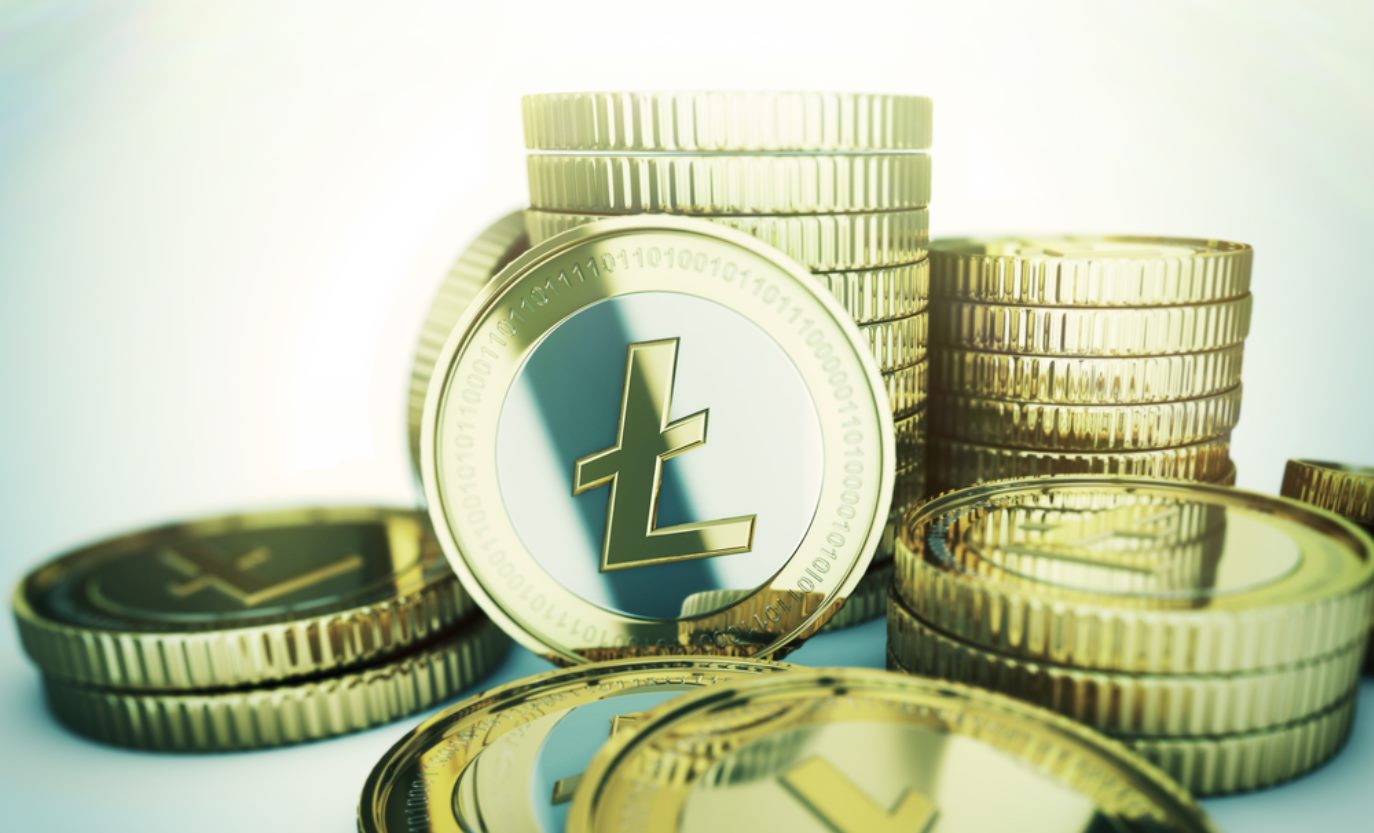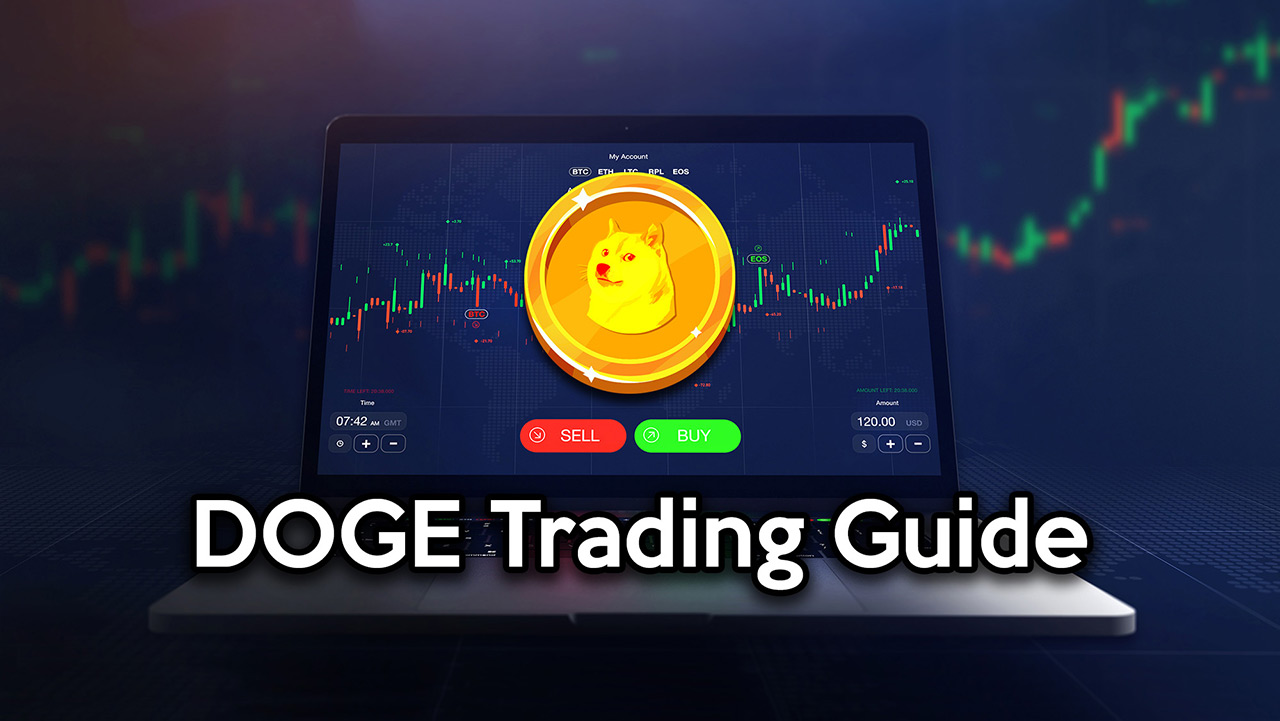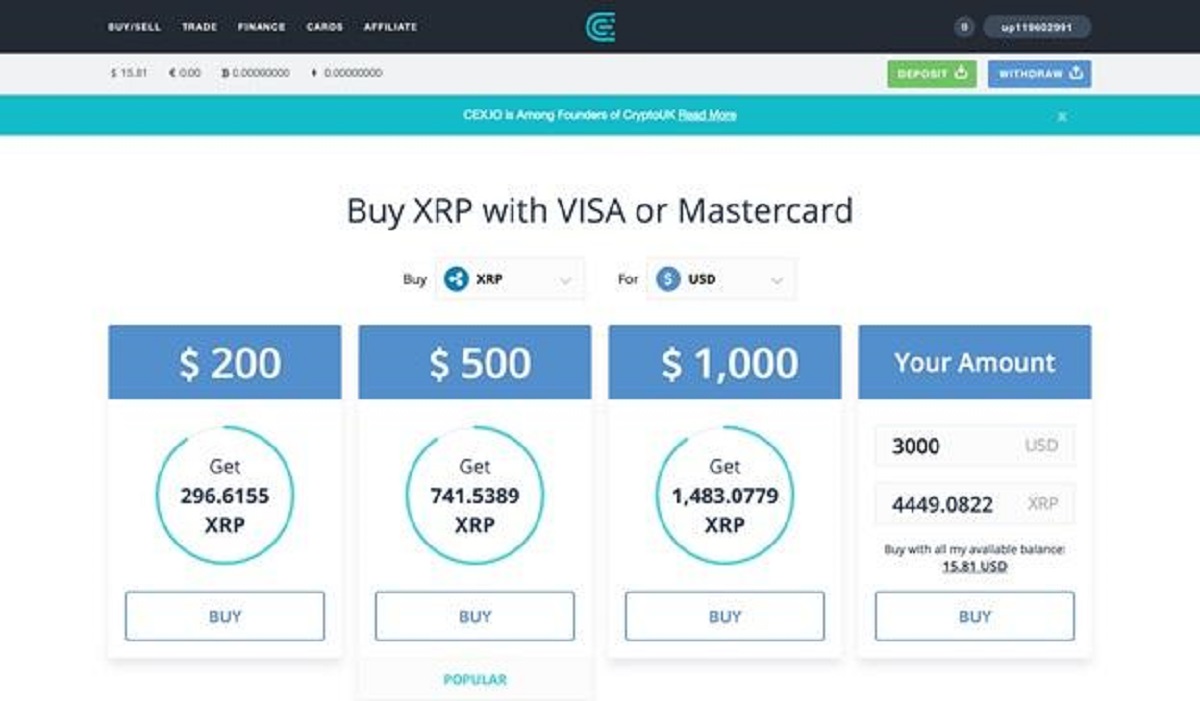Imagine waking up one day and realizing that you have become a millionaire? Well, this was a reality for many successful cryptocurrency investors. Think about Erik Finman, the 19-year-old bitcoin millionaire who is enjoying the rewards from a $1,000 Bitcoin investment made 7 years ago. The dream of becoming successful in trading cryptocurrency is very real. But have you also wondered how does one get started trading cryptocurrencies?
In this article, we will go through the complex process of trading cryptocurrency, touching on the core aspects such as setting up an exchange account, identifying the accepted trading pair, ways to keep your cryptocurrencies safe, evaluation of cryptocurrencies and a brief introduction on the different tools at your disposal to start trading.
What Are Cryptocurrencies?
Before we jump into the finer details of crypto trading, let’s learn what cryptocurrencies are. These explanations will help you better gain some insight on how to trade cryptocurrencies.
Cryptocurrencies are electronically minted tokens serving as a form of reward for services rendered on a Blockchain platform.
The cryptocurrencies market started with the inception of Bitcoin on the third of January 2009. It was developed by an anonymous individual going by the alias “Satoshi Nakamoto” after the 2008 financial crisis. Bitcoin was intended as a means to store and transfer value around the world without top-down control or a physical manifestation. As the first and largest cryptocurrency in the world, with a market capacity of over 207 billion US dollars, Bitcoin holds the largest market dominance standing at 68.26% as of the time of this writing. Therefore, many of the small cryptocurrencies dubbed “altcoins” have their value pegged to bitcoin. “Satoshis” is the term used when referring to the value of a cryptocurrency pegged to bitcoin.
Why Should You Invest In Cryptocurrencies?
Cryptocurrencies as an asset class differ very much from traditional financial instruments. Most notably, its low barrier to entry. While investing in stocks or commodities requires a minimum investment of $500 or $2000 on certain trading platforms, trading cryptocurrencies require much less. Aspiring cryptocurrency traders and investors can get started with as little as $25 on platforms such as Etoro or 0.001 BTC on Binance, which is roughly $1.15USD.
Besides having a low barrier of entry, an aspiring crypto trader can look forward to quick gains as the cryptocurrency market is known for its large price swings. Ripple, a prominent cryptocurrency was valued at $0.006USD on the first of January 2016. 2 years later, it was valued at over $3USD. That’s a growth rate of 500 times!
If you are about to burst from excitement from trading cryptocurrencies for profit, continue reading as we delve into the steps.
Setting Up A Cryptocurrency Exchange Account


Cryptocurrency exchanges are centralized entities where individuals getting started in cryptocurrencies will likely first visit. Hence, before we even begin trading cryptocurrency, we must first choose the platform.
To determine the right exchange, one must first understand the type of funds needed. Also, the types of cryptocurrencies listed on the exchange and its associated fees.
Cryptocurrency Markets
A person getting started trading cryptocurrencies might be overwhelmed by the types of trading markets available. Let alone the different types of cryptocurrency. The common trading markets are BTC, ETH, and stable coins such as USDT.
In the crypto world, cash is not king. Almost all cryptocurrencies are paired with bitcoin. When a person trades in a Bitcoin market, bitcoin is used to gauge valuation and the accepted form of exchange. For example, if you wish to purchase the cryptocurrency called Sirinchain, you would first have to purchase Bitcoin to trade for Sirinchain tokens. The same concept applies to the Ethereum market.
“Wait why don’t all exchanges use cash pairing; wouldn’t it be easier?”
Well, that’s a very good question. With the numerous cryptocurrencies out there, many are bound to fail. An exchange could provide trading of a cryptocurrency using cash to reduce the complexity. But at the risk of its own reputation. If a widely traded cryptocurrency fails, the exchange it is traded on will lose its legitimacy.
Coinbase, one of the most popular exchanges in the world, holds only a selected handful of cryptocurrencies for trading with fiat (cash). It is for these reasons; an individual trading cryptocurrency might need to have accounts with 2 or more exchanges.
This is where Bitcoin, Ethereum and stable coins come in. When trading in these markets, the transaction is not under any form of scrutiny from the banks. To trade directly using fiat would involve banks and the associated regulations. These banks might stop working with an exchange that they deem illegitimate, effectively halting operations overnight. However, an exchange that solely uses cryptocurrencies to trade for other cryptocurrencies is not under such pressure.
Token Listings


The first type of exchange would be a “cryptocurrency to fiat exchange”. Using these platforms, you acquire Bitcoin, Ethereum or Tether with cash.
The second type of exchange would be a platform where you desire to trade cryptocurrency under the Bitcoin, Ethereum or Tether markets.
Let’s talk more about the “cryptocurrency to fiat exchange”. For now, we will use Coinbase as the example. We must then determine which exchange has our desired token listed, for now, we shall use Sirinchain as our desired token.
Binance, for example, does not have the token Sirinchain listed, while Bittrex does. So, check if an exchange has your desired tokens listed before you start sending your bitcoins there to trade.
Trading Fees
Lastly, look up the fees associated with trading on an exchange. Whether your intention is to start day trading cryptocurrencies or adopt a buy and hold strategy, the fees associated with making a trade can really eat into your profit margin. Bittrex, for example, has a trading fee of 0.25% while Binance’s fee is 0.1%. Coinhako, on the other hand, has a trading fee of 1%! So do your research first. With an initial capital of $1,000, it could be the difference between paying $10, $1 or $0.25 in fees for trading the same cryptocurrency.
How To Store Your Cryptocurrencies
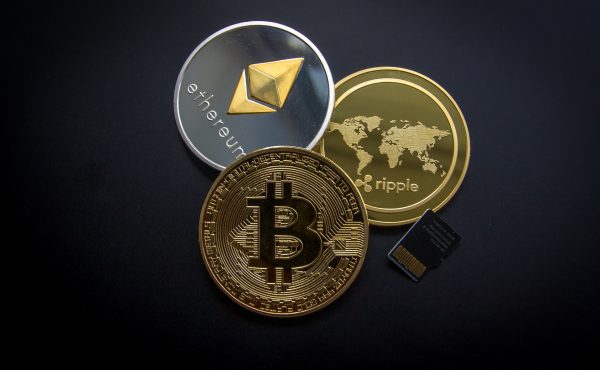

Now let’s continue with our fantasy. Imagine yourself holding a million dollars’ worth of cryptocurrencies only to wake up to the news that the exchange has been hacked and all your tokens are now gone! That is a nightmare indeed. To prevent such a situation from happening, it is prudent that cryptocurrencies are securely stored. The safest method would be to store your cryptocurrencies in a hardware wallet. The popular brands thus far are Nano Ledger and Trezor.
One of the core tenants of cryptocurrencies is the elimination of intermediaries, having ownership and access to your own funds. Having a hardware wallet allows a savvy cryptocurrency trader or investor to keep their private keys safe within the device itself. This way, it is near impossible for hackers to obtain the “key” to access your tokens.
While exchanges have come a long way since the days of the infamous Mt.Gox hack, the sheer size of cryptocurrency exchanges makes it lucrative targets for would-be hackers. Without the support of banks and governments, there is no bailing out the exchange.
Keep your tokens on the exchange only when you need to.
Building Your Crypto Portfolio
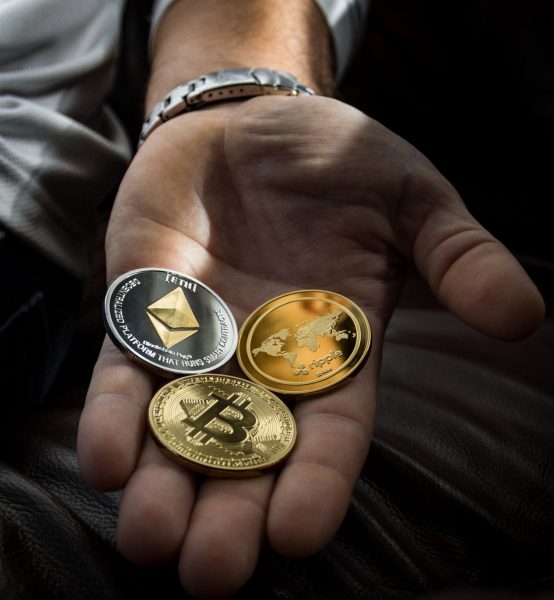

Here comes the interesting part!
For the first half of the article, we have gone through the process of getting started in cryptocurrency. Then, we touched on acquiring and storing of tokens. In the rest of the article, we’ll go through the best practices for selecting a token to trade or invest.
First, when selecting a cryptocurrency, we must consider the following criteria:
- Whitepaper
- Project Team
- Community and Support
- Supply and Governance
- Utility Value
- Speculative Value
1. Whitepaper
Any blockchain project will have its whitepaper. It is a piece of document which addresses the problem the Blockchain project is trying to solve, the technical details of its blockchain platform and how it compares against other blockchain projects.
For traditional companies, there are financial reports and expert projections to aid in an investment decision. However, with blockchain projects, there is neither history nor financial projections to help cryptocurrency traders.
With limited information available, the whitepaper can assist would-be cryptocurrency traders in differentiating a promising project from a get-rich-quick scheme masquerading as a blockchain project.
If the description of the project seems vague without any specificity, then it’s a sign to avoid it. In addition, the timeline or road map outlined in a whitepaper can indicate if the project has been delivering on its promises.
2. Project Team
Next comes the project team members. A project backed by a strong team is more likely to succeed than one with unqualified members. Find out the experience, skills and achievements of the project team members as their past track record can serve as a benchmark for the project’s future success.
3. Community Support
The community support that a cryptocurrency project enjoys is vital to its initial demand. With a strong community, especially from the technology segment, it is indicative of the relative strength of its cryptocurrency to weather through fear, uncertainty, and doubt. Finally, strong support from institutions and wealthy venture capitalists can be the difference between a successful cryptocurrency and one that failed through a lack of funding.
4. Supply and Governance
Supply schedule refers to the entities responsible for the issuance of the asset. A high total supply will erode the value per token in the future as the token price is based on the laws of demand and supply. Fundamentally speaking, for the token price to increase, demand must exceed supply.
Governance, on the other hand, refers to the distribution and creation of the cryptocurrency. For example, premised tokens will allow the token supply to be concentrated on a few individuals, making it susceptible to price manipulation.
5. Utility Value
Utility value refers to the actual usage of the cryptocurrency to gain access to the digital resource its blockchain platform provides.
If 20,000 people want to send $20,000 worth of BTC, then the utility value is 20,000 x 20,000 = 400,000,000.
Hence, an individual will have a higher probability to make money trading cryptocurrency with a greater utility.
Take Ethereum for example, its utility as a decentralized platform to create other blockchain projects caused its price to surge during the ICO rush in 2017. Projects looking to build an ERC-20 token will have to purchase Ether, while those wishing to participate in an ICO must invest in Ether.
6. Speculative Value
Speculation is the main driving force for price appreciation and depreciation as many projects are valued before they even start producing a product. Speculative Value refers to the perceived future utility value of a blockchain’s token. The more hyped or popular a cryptocurrency is, the greater the volume of tokens traded. Day trading cryptocurrencies will require cryptocurrency traders to open and close more trades then a holder or swing trader. As such, greater trading volume will enable orders to match faster.
Cryptocurrency Trading Tools
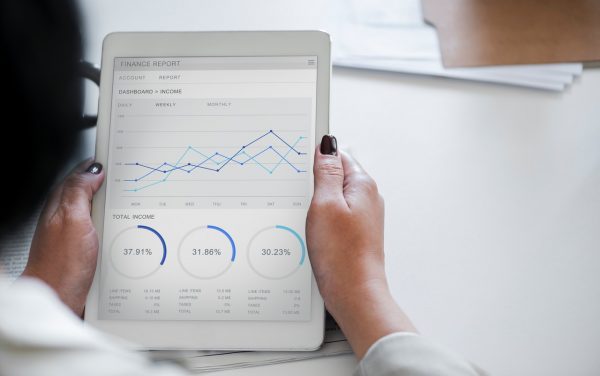

Now that we know where to buy our tokens, how to store them and what to look out for when selecting a cryptocurrency to trade, we need to start identifying when to open a trade or as they call it, “enter the market”.
Timing your entry and exit for a trade is the difference between a cryptocurrency trader whose trading cryptocurrency for profit versus one with a blown-out account. The technical tools available are varied but the MACD, RSI, Momentum and candlestick patterns are all common tools used. Most exchanges will provide a limited variety of indicators for free. But if you fancy yourself a chartist, then signing up for a charting platform such as trading view or Coinigy can be useful.
Final Thoughts
Trading cryptocurrency for profit can be an exciting and lucrative venture. However, the volatility associated with great returns is a double-edged sword as the same volatility would also be associated with great losses.
This article serves as a brief cryptocurrency trading guide for those who wish to take the first step in understanding how to trade cryptocurrencies. If you are considering getting started in cryptocurrency, then I wish you good luck and may all your trades go to the moon!












